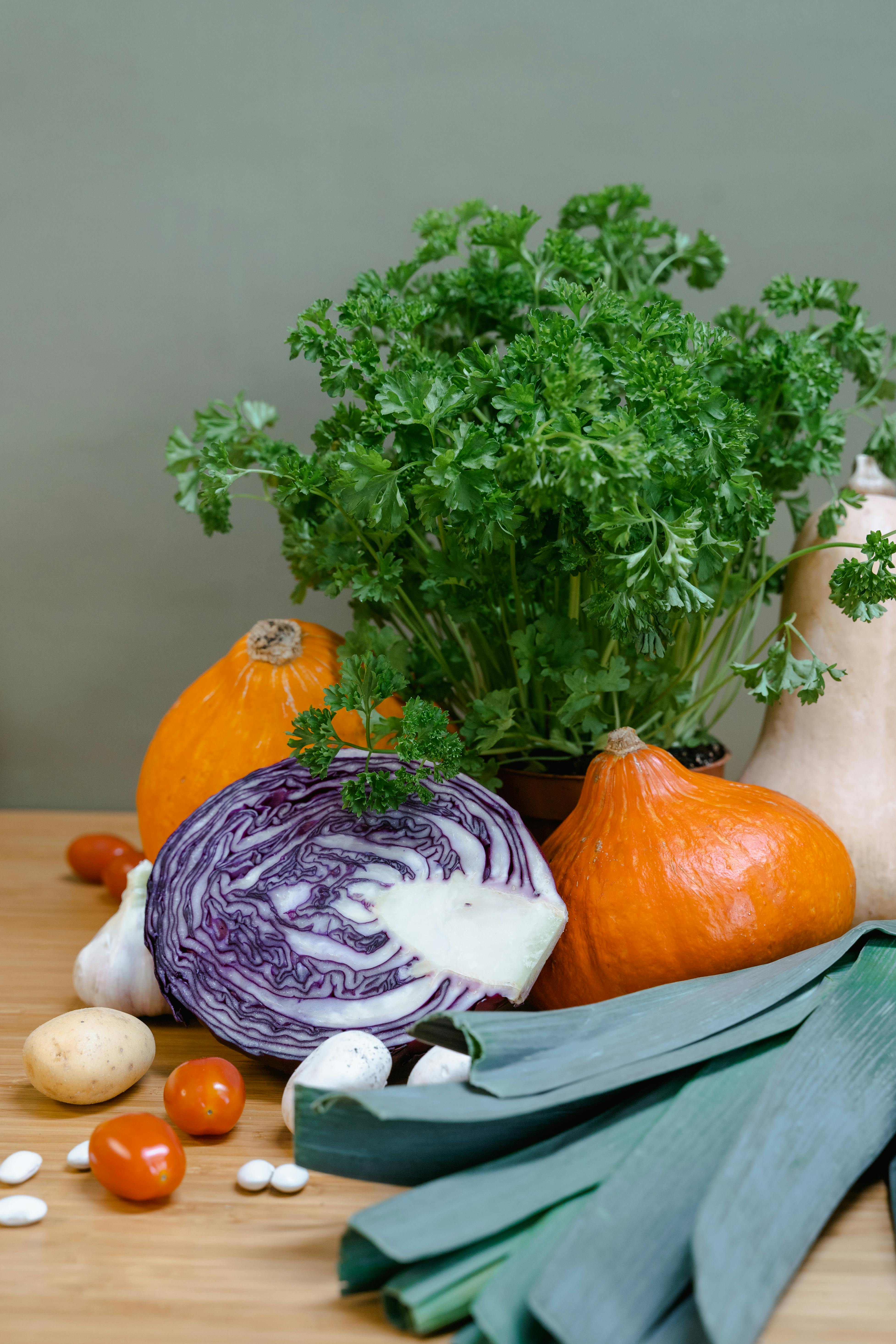Smart Ways to Deglaze a Pan for Improved Flavor in 2025

Effective Ways to Deglaze a Pan for Delicious Results in 2025
Deglazing a pan is a fundamental cooking technique that transforms drippings and browned bits left in the pan after sautéing or frying into an exquisite sauce. Mastering this skill not only enhances the flavor of your dishes but also minimizes waste in the kitchen. As we explore the art and science of deglazing in 2025, you will discover easy deglazing methods that can elevate your home cooking experience.
In this guide, we will delve into various deglazing techniques, the best liquids to use, and tips to enhance flavors, ensuring that you can create restaurant-quality sauces with ease. Whether you are a beginner or a seasoned cook, understanding how to deglaze a pan effectively is essential for any home chef. Key takeaways will include practical tips for building flavor, using different deglazing liquids, and achieving the perfect sauce consistency.

Essential Techniques for Deglazing a Pan
Building on the foundational understanding of deglazing, let’s explore some essential techniques that will improve your culinary skills. Each method varies based on the ingredients you're using and the final flavor profile you want to achieve.
The Basics of Deglazing
Deglazing involves adding a liquid to a hot pan to dissolve the fond—those flavorful brown bits that stick to the bottom during cooking. To deglaze effectively, begin with a pan that is slightly cooled but still warm. This helps to prevent the liquid from evaporating too quickly and allows for better flavor extraction. Common deglazing liquids include broth, wine, and vinegar, each offering unique flavor contributions to your sauce.
Choosing the Right Liquid for Deglazing
Your choice of liquid can significantly affect the sauce's final taste. For a basic deglazing recipe, consider these options:
- Wine: For a rich flavor, deglaze with white or red wine. It introduces acidity that balances the dish.
- Broth: Use chicken, beef, or vegetable broth for a more savory depth.
- Vinegar: Balsamic or apple cider vinegar can add brightness to your sauces.
It’s essential to note that each liquid pairs differently with various proteins and vegetables, so experimentation will help you find the ideal match for your dish.
Techniques for Effective Fond Removal
One common mistake beginners make while deglazing is not utilizing the correct technique for scraping the fond. Use a wooden spoon or spatula to gently scrape the brown bits from the bottom of the pan. This process is crucial as it incorporates those delicious flavors into your sauce. Remember to keep the heat low to avoid burning any ingredients while simmering.
Creating Depth of Flavor Through Reduction
The next step is to let your deglazing liquid reduce after scraping up the fond. This concentration of flavors is what contributes to a flavorful sauce. Allow the liquid to simmer until it reduces by half. The goal here is to enhance the flavor without any excess liquid, ultimately leading to a rich and savory sauce.
Cooking Without Waste: Maximizing Your Ingredients
Deglazing not only makes for a great sauce but also ensures that no flavor goes to waste. By utilizing the drippings in your pan, you are maximizing your ingredients and creating an enriched flavor profile that can elevate even the simplest dishes. This practice is especially beneficial in gourmet cooking, where every bit of flavor counts.
Advanced Deglazing Techniques for Gourmet Cooking
With the basics covered, let’s take a step further into professional cooking techniques that world-class chefs use. These advanced deglazing methods can be incorporated into your culinary routines for impressive results.
Deglazing with Alcohol
Deglazing with alcohol, such as wine or spirits, can intensify your dish's overall flavor. Alcohol helps to dissolve and carry flavors while adding complexity. It’s important to cook off the alcohol by allowing it to simmer for a few minutes before adding any additional ingredients.
Stovetop Deglazing for Quick Sauces
Stovetop deglazing is an efficient way to create quick meals suitable for busy weeknights. Simply pour your chosen liquid into the hot pan immediately after searing your protein or vegetables. The heat will assist in lifting the fond while fast-tracking the sauce creation process, saving you both time and effort.
Non-Stick Pan Deglazing Techniques
Using non-stick pans can sometimes complicate the deglazing process, as these pans may not develop fond as effectively. However, you can still deglaze with lighter liquids such as broth or water to create sauces. Gently lifting any bits stuck to the pan is key here, and using a silicone or wooden spatula will ensure you don’t scratch your cookware.
French Cooking Techniques for Classic Sauces
The French culinary tradition heavily emphasizes mastering deglazing for developing sauces. Techniques such as creating a reduction sauce or a pan sauce are essential in achieving classic French dishes. The method typically involves deglazing with wine or stock and incorporating butter for richness—a staple in French cuisine.
Creating Sauces from Scraps
One of the most sustainable approaches to deglazing is using leftover scraps from other meals. Roast your protein, collect the drippings, and deglaze the pan for a completely handmade sauce that utilizes every ingredient you have on hand. This practice exemplifies cooking without waste and showcases your culinary creativity.

Practical Tips for Effective Deglazing
Equipped with advanced techniques, let’s now explore some practical tips that can enhance your cooking experience and improve your deglazing process.
Timing Your Deglazing Correctly
It’s crucial to time your deglazing perfectly—ideally right after you finish sautéing your ingredients. If you wait too long, the fond can harden, making it more difficult to scrape off. Stay attentive to your pan throughout the cooking process, and keep in mind that a well-timed deglaze can elevate the dish's entire flavor profile.
Using Fresh Herbs for Added Flavor
Consider adding fresh herbs during the deglazing process. Herbs such as thyme, rosemary, or parsley can enhance your sauce's complexity and impart a fresh flavor layer. Simple tricks like these can make your dish appear gourmet with minimal effort.
Adequate Heat Management During Deglazing
Controlling your pan's heat is essential when deglazing. If the heat is too high, the fond may burn quickly, creating bitterness in your sauce. Maintain medium heat to ensure a gentle simmer, allowing flavors to meld without burning your ingredients.
Experimenting with Pairings for Optimal Results
Assessing which proteins or vegetables pair well with your chosen deglazing liquid can lead to extraordinary culinary outcomes. Testing combinations with different liquids like citrus juice, coconut milk, or nut-based cream can surprise you with delightful tastes.
Implementation of Culinary Skills
To truly benefit from deglazing, practice constantly in your cooking routine. Integrate it seamlessly, and you will not only enhance your dish flavors but also improve your basic cooking skills and confidence in the kitchen.
Q&A: Common Questions About Deglazing Techniques
What is deglazing, and why is it important?
Deglazing is the process of adding liquid to a hot pan to dissolve browned bits of food stuck to the bottom. This technique is crucial for creating flavorful sauces and reducing waste in cooking.
Can I deglaze with water?
Yes, water can be used to deglaze if you lack other liquids. However, it may not impart as much flavor compared to broth, wine, or vinegar.
What are the best liquids for deglazing?
The best liquids for deglazing include wine, broth, stock, and vinegar, as they all contribute unique flavors. Experiment with different combinations for diverse results!
How do I know when to deglaze?
It's best to deglaze immediately after sautéing or frying to ensure the fond is still warm and easy to lift. Waiting too long can make it more challenging to scrape off.
How can I create a sauce using deglazing?
After deglazing and scraping off the fond, allow the liquid to reduce, then add any additional ingredients, such as cream or butter, to create a rich, flavorful sauce that complements your dish.
With the knowledge of effective deglazing methods and an understanding of how to elevate your dishes using this culinary technique, you're now equipped to create exceptional sauces that wow your family and friends. Experiment with different liquids, focus on timing, and enjoy the art of deglazing in your cooking adventures!